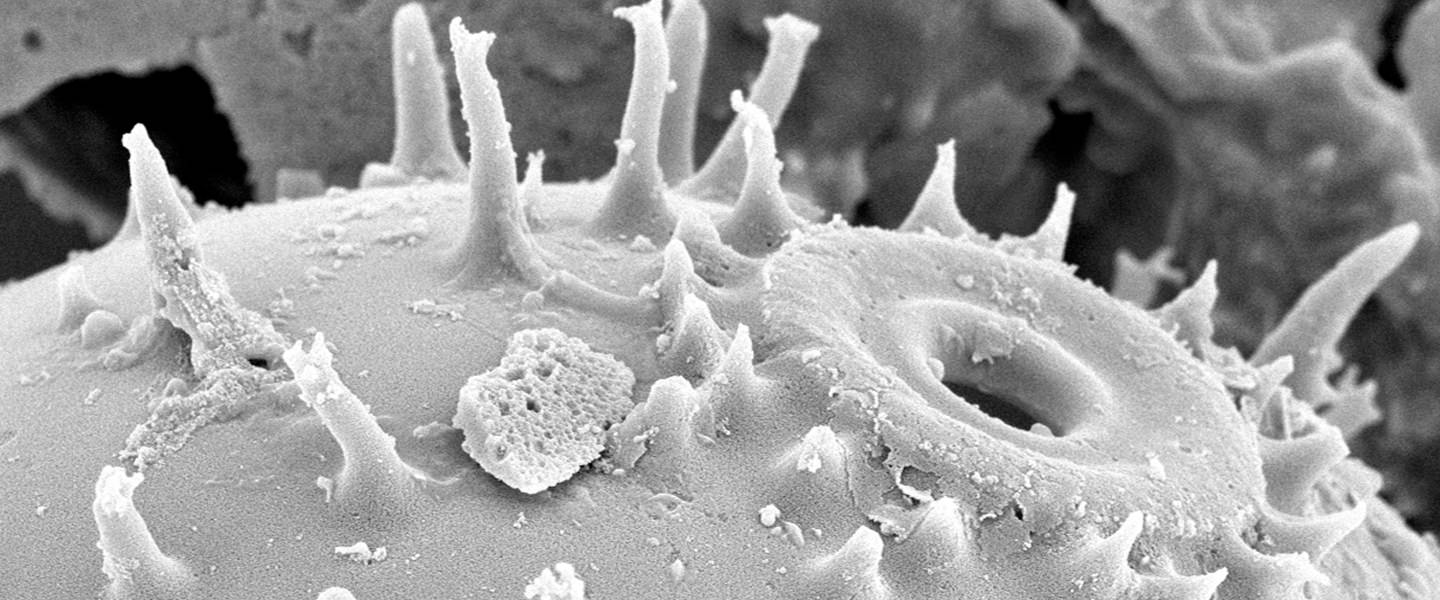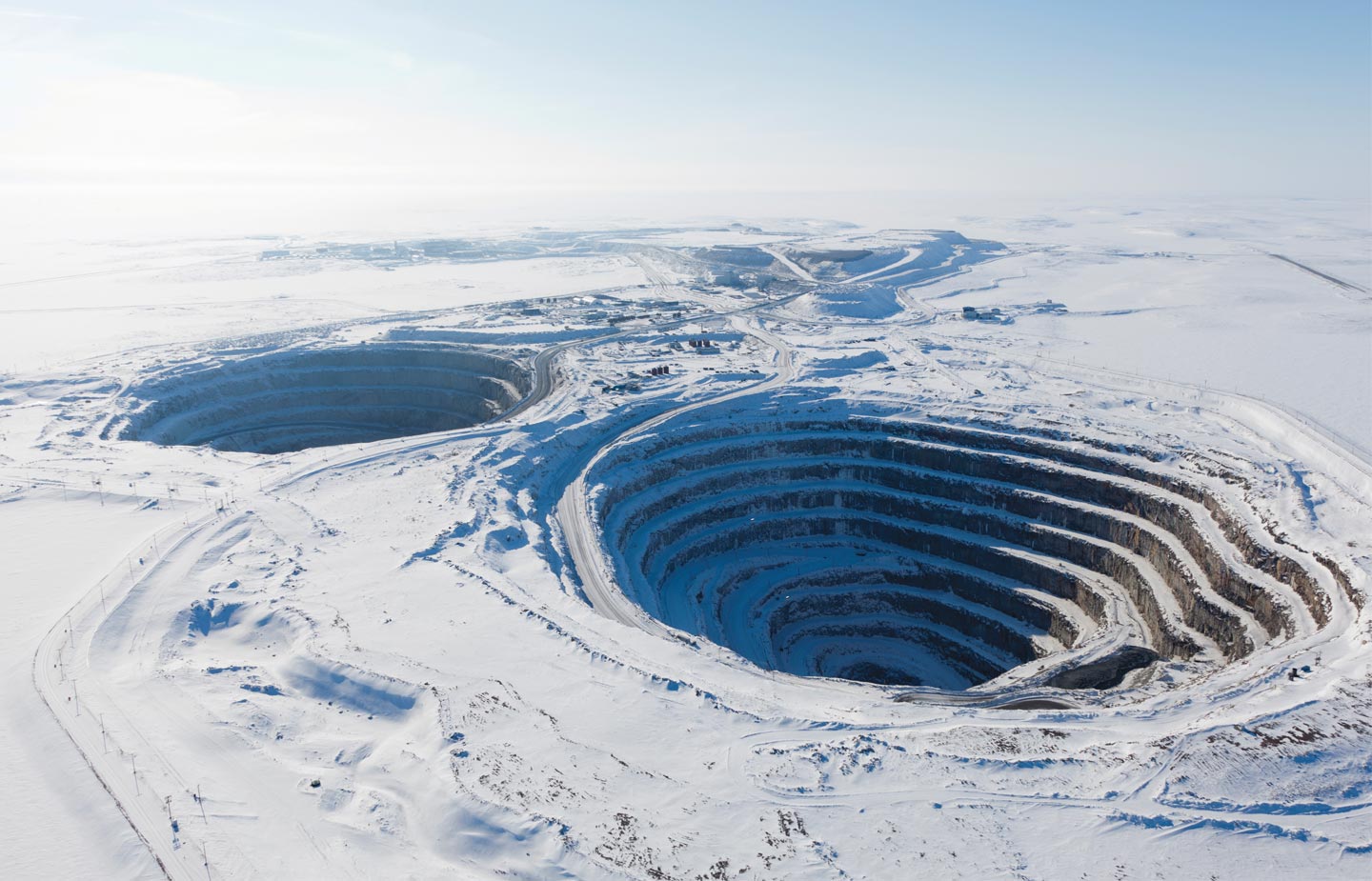Current news and press


Peter A. Siver -2021 PSA Award of Excellence
Peter A. Siver was awarded the 2021 Phycological Society of America Award of Excellence. The annual award honors a top scientist whose record of scholarly achievement, including teaching and service, has made a profound impact on the phycological community.
https://www.conncoll.edu/news/news-archive/2021/siver-psa-award/

Journal covers
12 articles have featured Siver’s images of algae on the cover.

New species named to honor Peter Siver
Nicholls, Ken (2021) Neidium petersiveri sp. nov. (Bacillariophyceae) — description of a new diatom species with emphasis on variability of frustule morphology in a population from Lake Superior. Botany 99: 531–539.

Palaios
We report on exquisitely preserved specimens of freshwater siliceous algae belonging to the scaled chrysophytes and diatoms from middle Eocene lake sediments in Northern Canada. When considered in the context of closest extant relatives, these microfossils present unequivocal biogeographic and ecological affinities with warm-water ochrophyte assemblages. We surmise that fundamental biogeographic reorganizations among lacustrine algae took place during Eocene hothouse paleoclimates. In this light, future climate warming should be viewed as a potent vector for similar community shifts, with attendant limnological implications.

Nova Hedwigia
Proceedings Volume from the Seventh International Chrysophyte Symposium (2004) held at Connecticut College. Volume Editors and Co-Sponsors: James Wee, Peter Siver, and Anne-Marie Lott.

Journal of Phycology
Even though scanning electron microscopy (SEM) is now needed to identify some species of diatoms, the majority of identifications and quantification of these organisms in ecological works is accomplished with a light microscope, using transmitted light optical methods. In this paper we demonstrate the use of interference reflection contrast (incident light) for the examination of diatoms, a method that significantly improves the resolution of structural detail, and therefore, identification of diatom taxa with light microscopy. Using incident light we were routinely able to distinguish between structures that were close to the theoretical limit of resolution for visible light, and that were not resolvable with such standard transmitted light techniques as phase contrast and differential interference contrast (DIC). Light microscopes with epi-illumination light paths can be easily and inexpensively outfitted to use this simple technique.

PalZ
The images of sponge spicules on the cover are from the Giraffe fossil locality and were taken by the lead author, Andrzej Pisera.
The freshwater sponge species Ephydatia cf. facunda Weltner, 1895 (Spongillida, Spongillidae) is reported for the first time as a fossil from middle Eocene lake sediments of the Giraffe kimberlite maar in northern Canada. The sponge is represented by birotule gemmuloscleres as well as oxea megascleres. Today, E. facunda inhabits warm-water bodies, so its presence in the Giraffe locality provides evidence of a warm climate at high latitudes during the middle Eocene. The morphological similarity of the birotules to modern conspecific forms suggests protracted morphological stasis, comparable to that reported for other siliceous microfossils from the same locality.

American Journal of Botany
Heterokont algae of the class Synurophyceae, characterized by distinctive siliceous scales that cover the surface of the cell, are ecologically important in inland waters, yet their evolutionary history remains enigmatic. We explore phylogenetic relationships within this group of algae relative to geologic time, with a focus on evolution of siliceous components.

Peter A. Siver - 2017 Frank Shipley Collins Award Winner
Peter A. Siver was awarded the 2017 Collins service award at the 56th Annual Northeast Algal Symposium (NEAS) at the historic Mount Washington Resort in New Hampshire.

Freshwater Biology
We assessed the distribution of scaled chrysophytes in fresh waters along the east coast of North America to determine any biogeographic patterns in relation to chemical, physical, climatic and spatial variables.

Palm trees in the Arctic?
Learn more about our research from the Canadian Arctic - focusing on microfossils that are about 50 MILLION years old!

Molecular Ecology
The global distribution, abundance, and diversity of microscopic freshwater algae demonstrate an ability to overcome significant barriers such as dry land and oceans by exploiting a range of biotic and abiotic colonization vectors. If these vectors are considered unlimited and colonization occurs in proportion to population size, then globally ubiquitous distributions are predicted to arise. This model contrasts with observations that many freshwater microalgal taxa possess true biogeographies. Our comprehensive analysis of freshwater algal biogeography suggests that neither ubiquity nor endemism wholly explains global patterns of microbial eukaryote distribution and that processes of dispersal remain poorly understood.